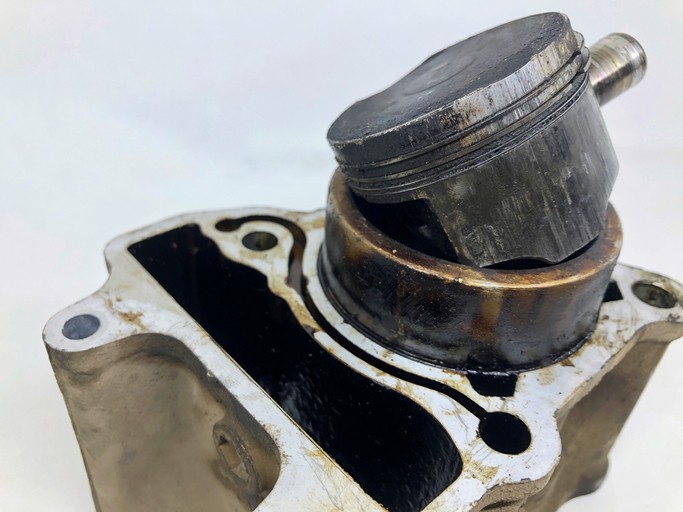Maintaining the correct coolant temperature is crucial for the health and longevity of your car’s engine. Understanding what’s considered a normal operating temperature and the implications of running too hot or too cold can help prevent costly repairs and ensure optimal performance. This article will delve into the specifics of normal coolant temperature, why it matters, and how to monitor it.
Understanding Normal Engine Coolant Temperature Ranges
Most vehicles operate within a coolant temperature range of 195 to 220 degrees Fahrenheit (approximately 90 degrees Celsius). While minor fluctuations are normal, consistent readings outside this range can indicate a problem within the cooling system. Exceeding this range can lead to overheating, while significantly lower temperatures can hinder engine efficiency and performance.
Why is High Coolant Temperature Dangerous?
Operating an engine with consistently high coolant temperatures can lead to severe damage. Overheating can cause a cascade of issues, including:
- Fuel Combustion Problems: Excessive heat can lead to pre-ignition or detonation (knocking), disrupting the combustion process and potentially damaging engine components.
- Increased Fuel Consumption: An overheating engine has to work harder, leading to a noticeable decrease in fuel efficiency.
- Piston Damage: Pistons are particularly vulnerable to high temperatures, potentially warping or cracking under extreme heat.
- Head Gasket Failure: Perhaps the most dreaded consequence of overheating, a blown head gasket can lead to costly repairs and significant downtime. This critical seal prevents coolant and oil from mixing, and its failure can lead to catastrophic engine damage.
The Problems with Low Coolant Temperature
While less immediately damaging than overheating, consistently low coolant temperatures can also negatively impact your vehicle:
- Reduced Engine Efficiency: Engines are designed to operate at specific temperatures for optimal combustion and power output. A cold engine runs less efficiently, wasting fuel and potentially causing long-term wear.
- Increased Fuel Consumption: A cold engine requires a richer fuel mixture to run, leading to higher fuel consumption.
- Increased Emissions: Inefficient combustion in a cold engine results in increased harmful emissions.
- Poor Heater Performance: The vehicle’s heating system relies on hot coolant. Low coolant temperatures translate to a less effective heater, making for an uncomfortable ride in cold weather.
- Engine Freeze: In extreme cold, insufficiently cold coolant can freeze, potentially causing serious damage to the engine block and cooling system components.
Monitoring Your Engine’s Coolant Temperature
Most modern vehicles feature a temperature gauge on the dashboard that provides a visual indication of the coolant temperature. While this gauge offers a general overview, it might not be entirely accurate.
For a more precise reading, you can use an OBD-II diagnostic scanner to access the engine coolant temperature sensor data directly. This sensor relays information to the engine control unit (ECU), which manages various engine functions, including fuel injection and cooling fan operation, to maintain optimal temperature. Vehicles manufactured after 1996 typically have this electronic temperature gauge.
Maintaining Optimal Coolant Temperature
Regular maintenance of your cooling system is essential for preventing temperature-related problems. This includes:
- Checking Coolant Levels: Regularly inspect the coolant reservoir and top off as needed.
- Inspecting for Leaks: Address any coolant leaks promptly to prevent low coolant levels and potential overheating.
- Flushing the Cooling System: Periodically flush and refill the cooling system with fresh coolant according to the manufacturer’s recommendations to remove contaminants and ensure optimal heat transfer.
By understanding normal coolant temperature and taking proactive steps to maintain your cooling system, you can significantly extend the life of your engine and avoid costly repairs. Always consult your vehicle’s owner’s manual for specific recommendations regarding coolant type and maintenance intervals.

